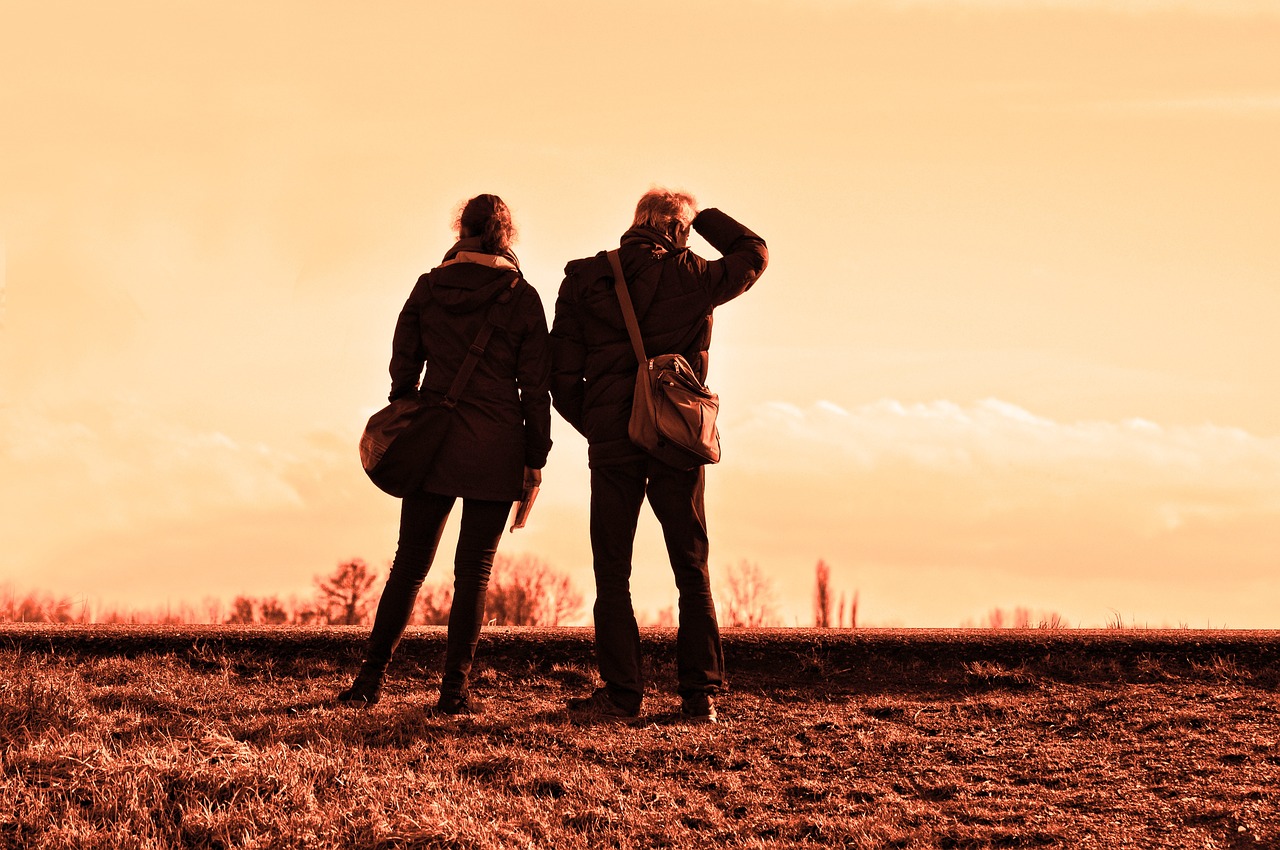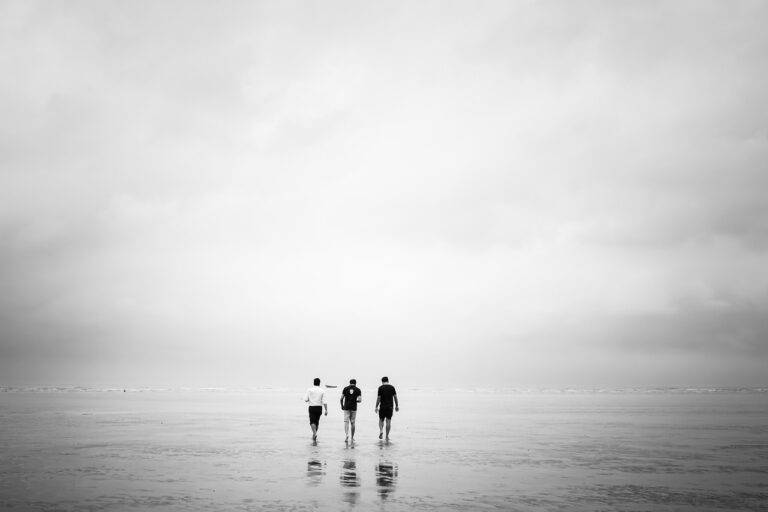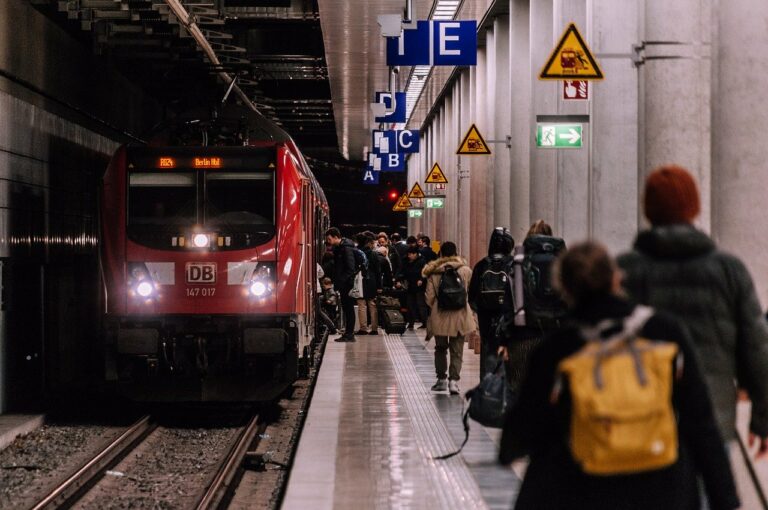Travel Photography Tips for Beginners: Capturing Stunning Memories on the Go
Understanding your camera settings is essential for capturing the best possible photos. One key setting that you should get familiar with is the aperture. The aperture determines how much light enters your camera and also affects the depth of field in your images. A wide aperture (represented by a lower f-stop number) will create a shallow depth of field, perfect for portraits and highlighting a subject against a blurred background.
Another crucial setting is the shutter speed, which controls the amount of time the camera’s sensor is exposed to light. A fast shutter speed is ideal for freezing motion in sports or wildlife photography, while a slower speed can create beautiful long exposure shots of flowing water or night scenes. Experimenting with different shutter speeds can help you understand how this setting impacts the overall look of your photos.
• Aperture determines how much light enters the camera
• Wide aperture creates a shallow depth of field
• Shutter speed controls exposure time
• Fast shutter speed freezes motion
• Slow shutter speed creates long exposure shots
Choosing the Right Equipment for Travel Photography
When it comes to travel photography, selecting the right equipment is crucial for capturing memorable moments on the go. A lightweight and versatile camera is essential to ensure convenience during travels. Consider a compact mirrorless camera or a small DSLR that offers high-quality images without weighing you down.
In addition to the camera body, choosing the appropriate lenses is key to achieving diverse shots in various settings. Opt for a versatile zoom lens for flexibility in framing distant landscapes or portraits, as well as a wide-angle lens to capture expansive scenic views. It’s also beneficial to invest in a prime lens for achieving sharpness and clarity in low-light situations or creating artistic bokeh effects. By carefully selecting the right equipment for your travel photography adventures, you’ll be well-equipped to capture stunning images wherever your journey takes you.
Composition Techniques for Capturing Stunning Images
When it comes to capturing stunning images, composition plays a crucial role in conveying your message effectively through photography. One key technique to enhance your compositions is the rule of thirds. By dividing your frame into nine equal parts with two horizontal and two vertical lines, you can strategically place your main subject or points of interest at the intersecting points to create a more balanced and visually appealing image.
Another essential composition technique is leading lines. By incorporating lines such as roads, fences, rivers, or even shadows into your frame, you can guide the viewer’s eye towards the main subject or focal point of your photograph. These leading lines add depth, dimension, and visual interest to your images, creating a dynamic and engaging composition that captures the viewer’s attention.
What are some basic composition techniques for capturing stunning images?
Some basic composition techniques include the rule of thirds, leading lines, framing, symmetry, and the use of negative space.
How can I improve my composition skills as a photographer?
Practice is key to improving your composition skills. Study the work of other photographers, take photography classes, and experiment with different techniques to find what works best for you.
What is the rule of thirds and how can I apply it to my photography?
The rule of thirds involves dividing your frame into a 3×3 grid and placing your subject or key elements along the grid lines or intersections. This technique can help create balance and visual interest in your images.
How can I use leading lines to enhance my compositions?
Leading lines are visual elements that lead the viewer’s eye through the frame towards the main subject. Look for natural or man-made lines in your environment that can guide the viewer’s gaze and add depth to your photos.
What is negative space and how can it be used in composition?
Negative space refers to the areas of a photo that are not occupied by the main subject. By incorporating negative space into your compositions, you can create a sense of balance, emphasize your subject, and add visual interest to your images.





